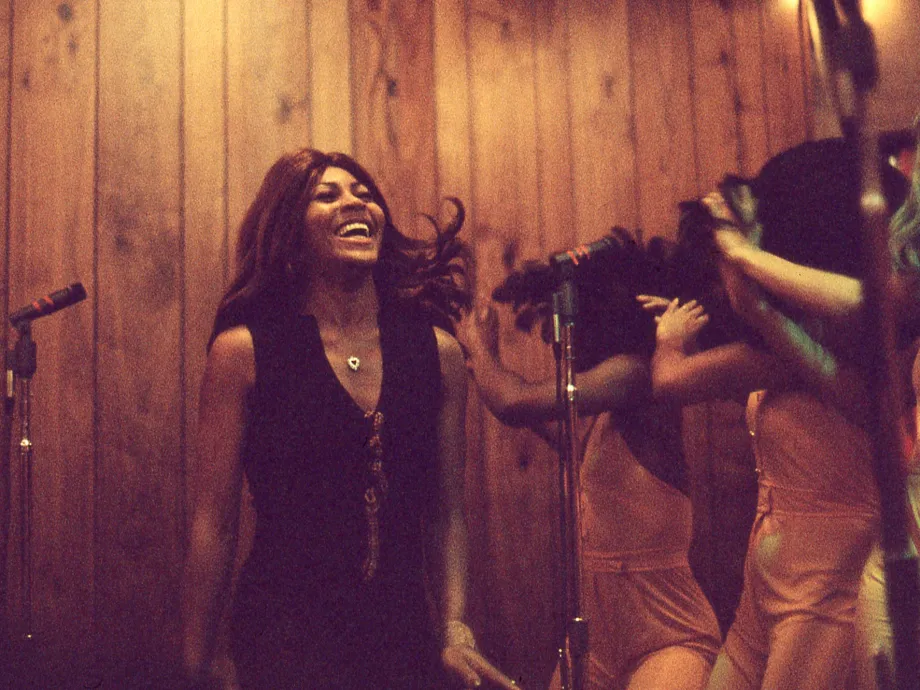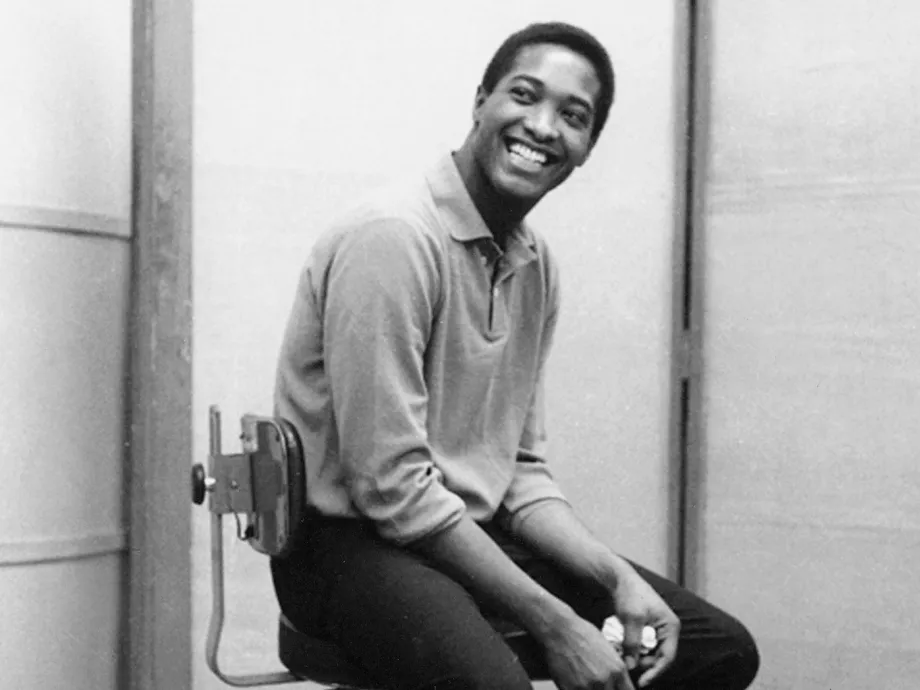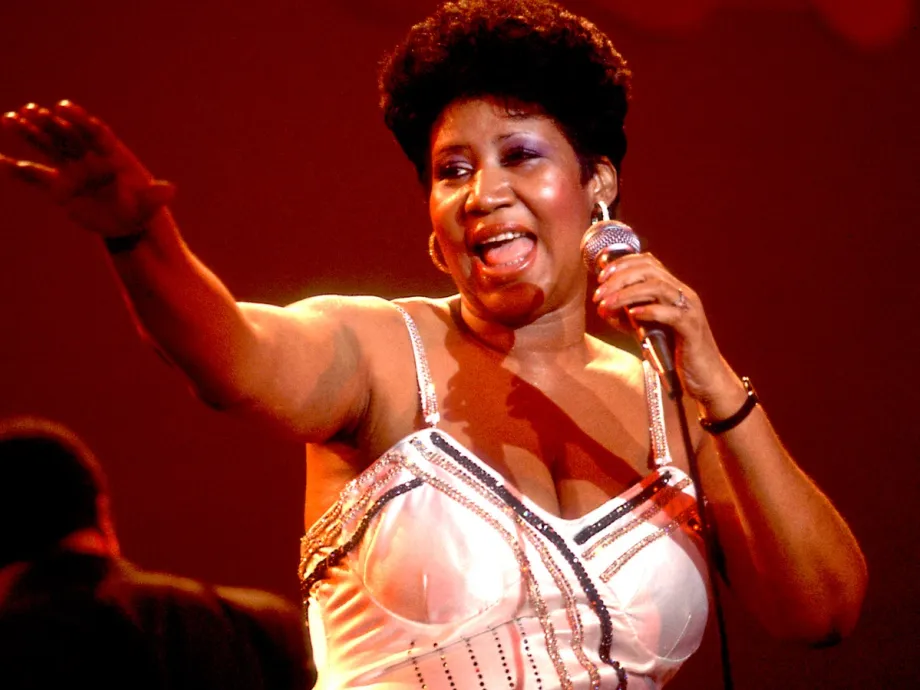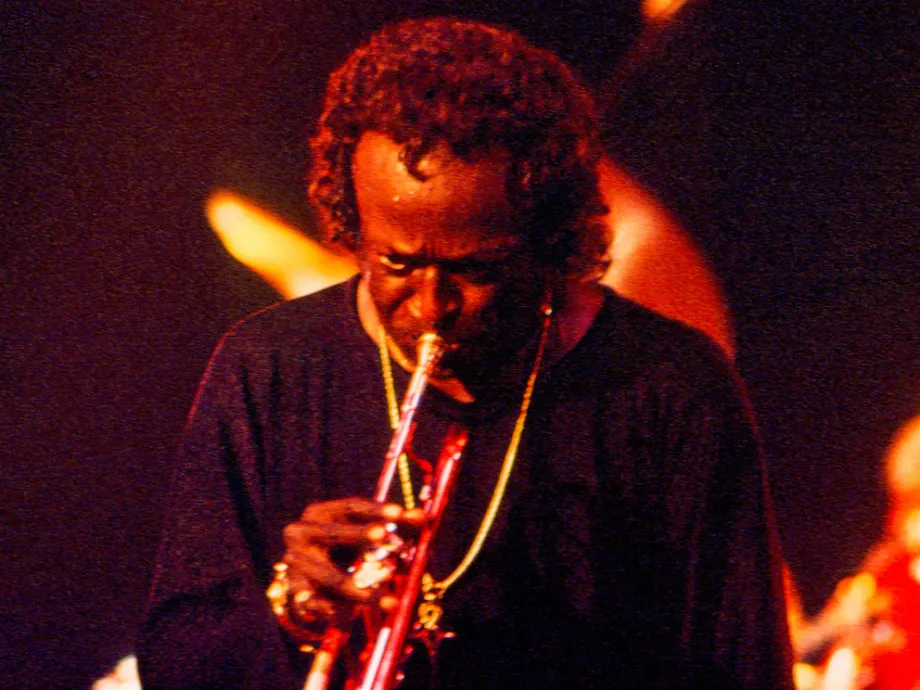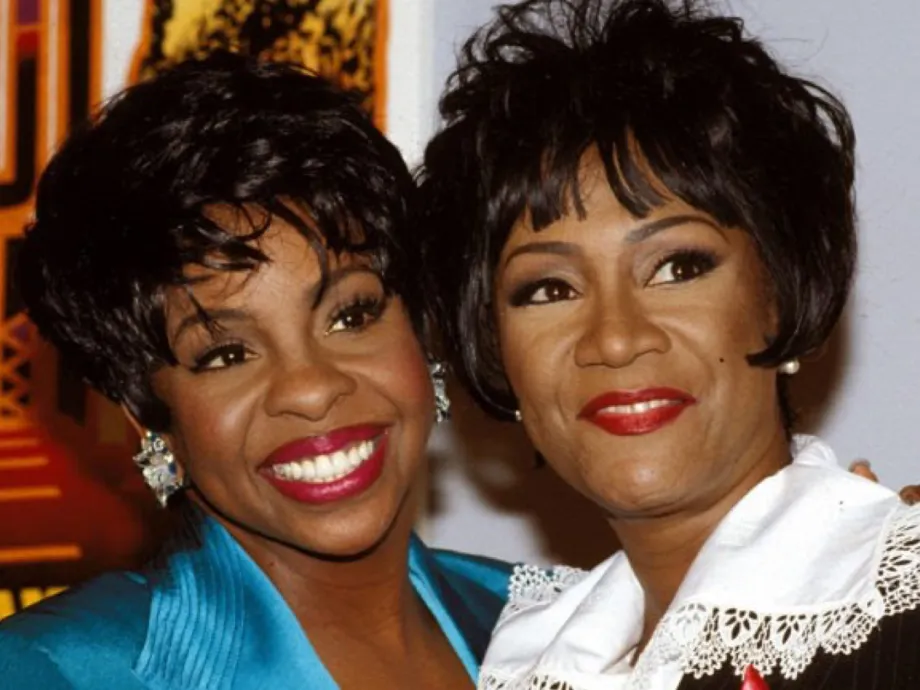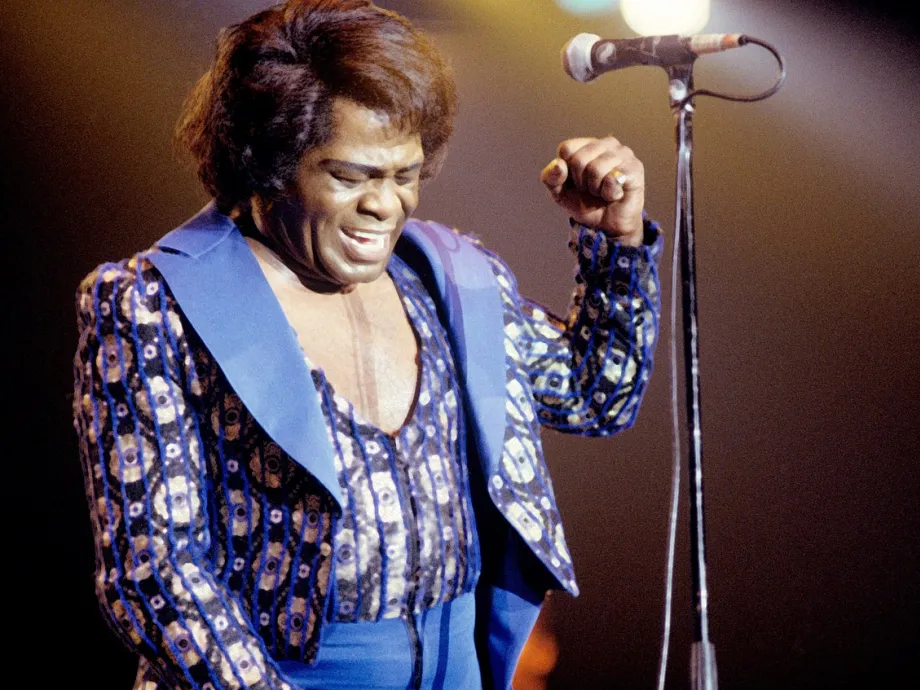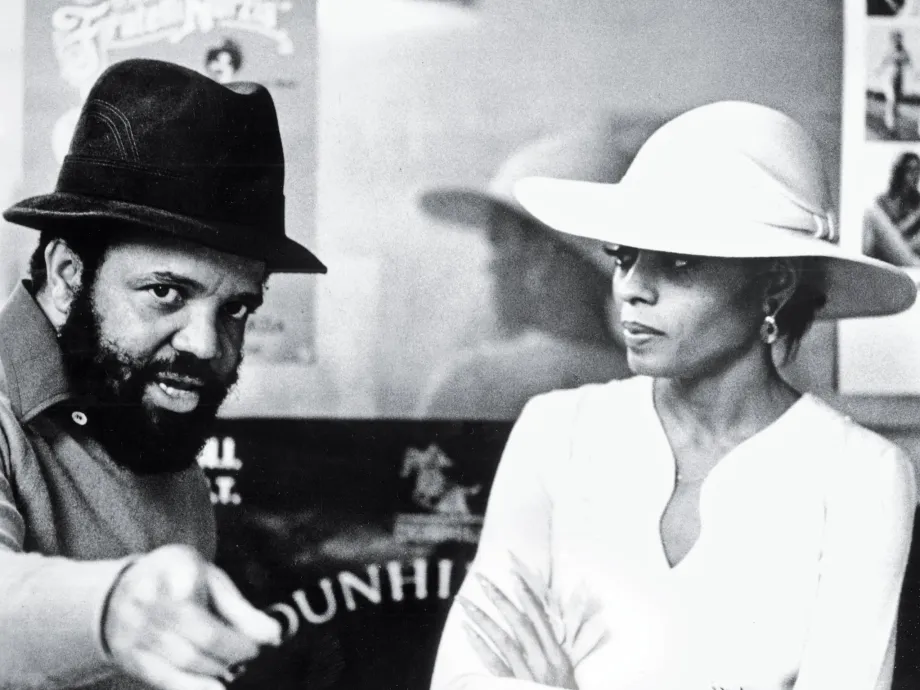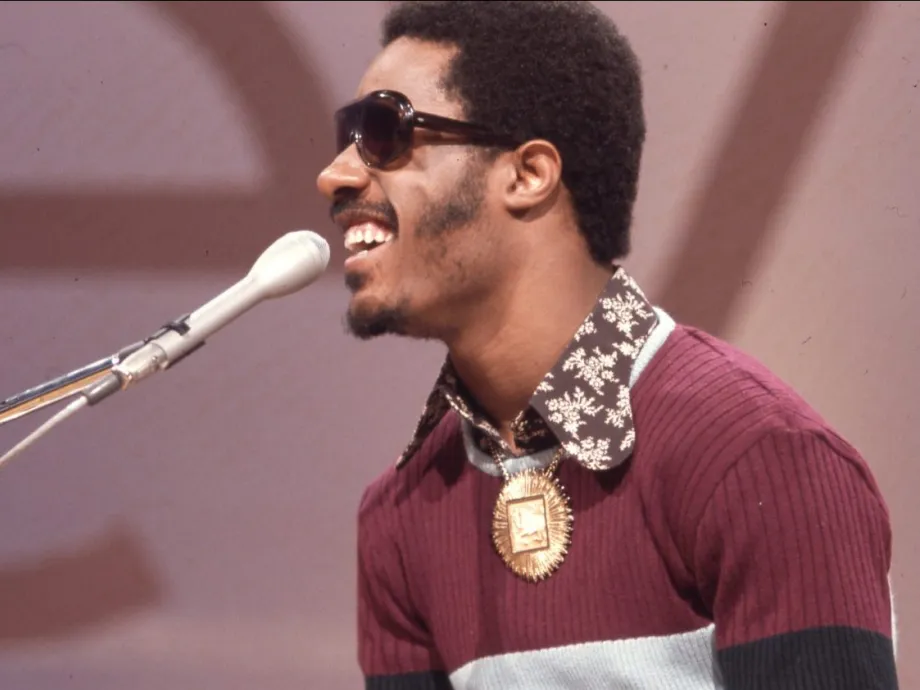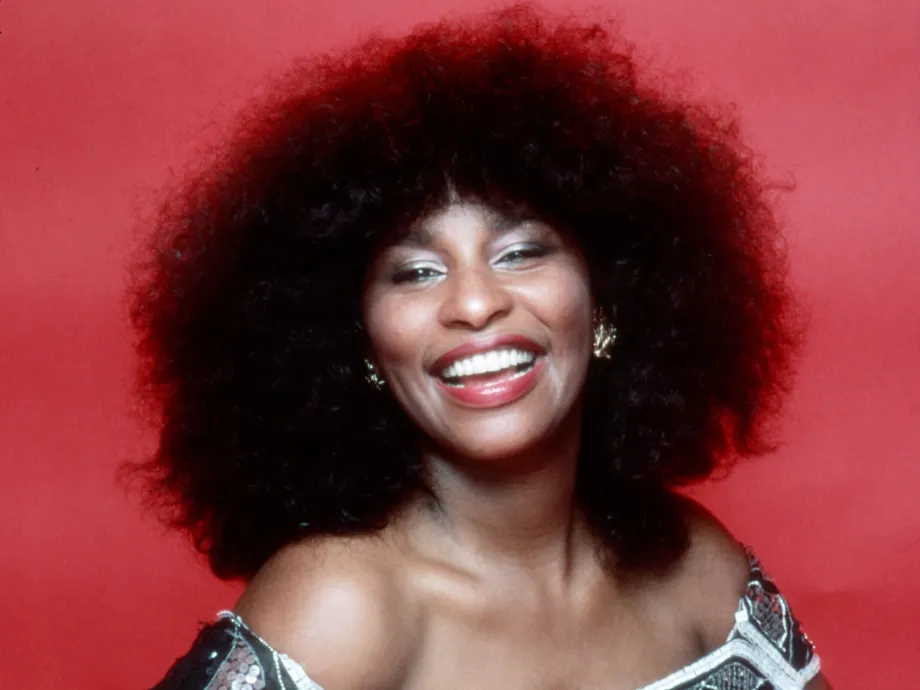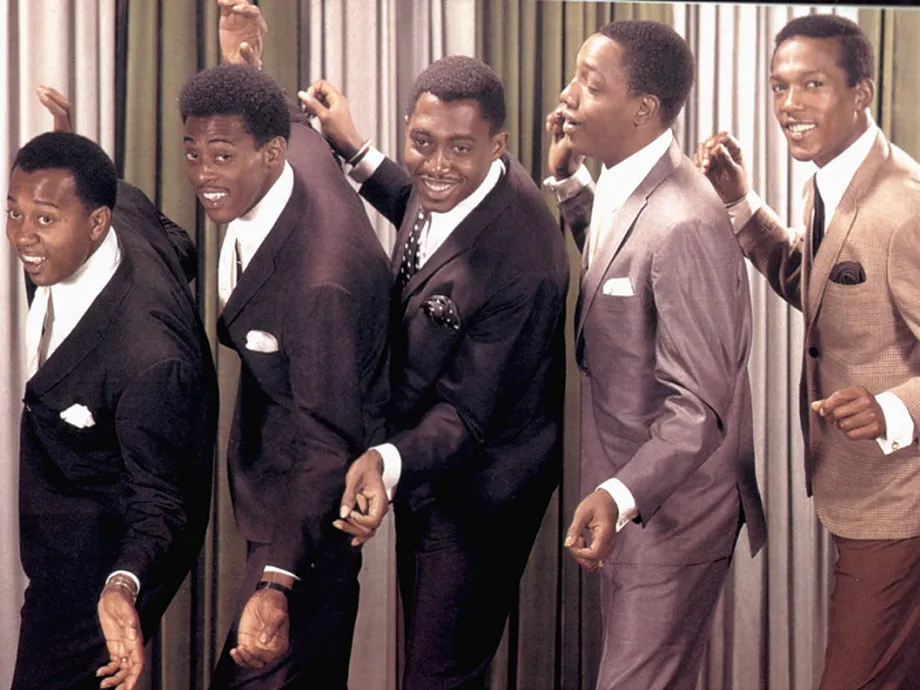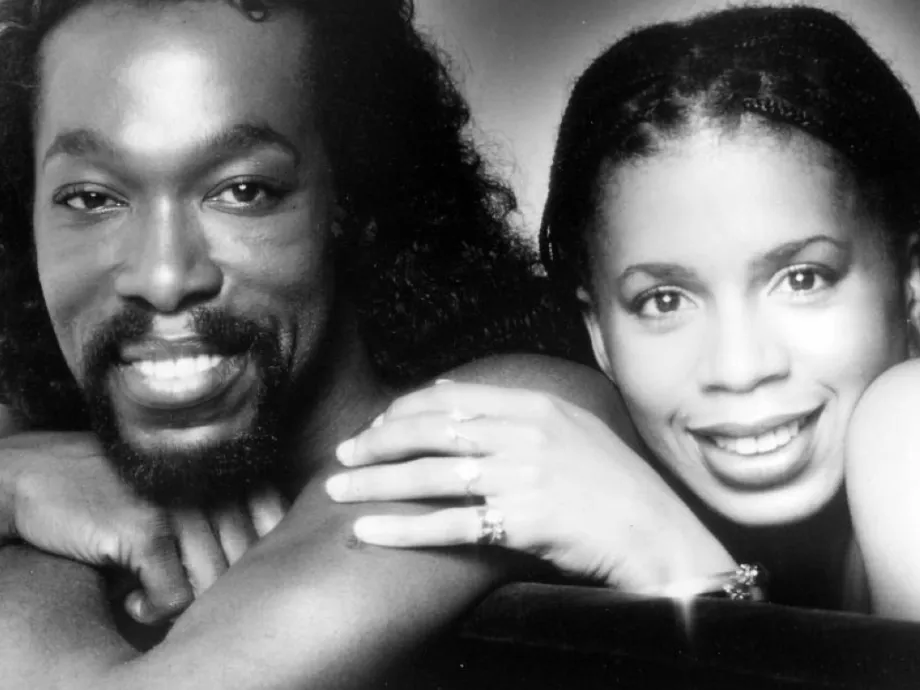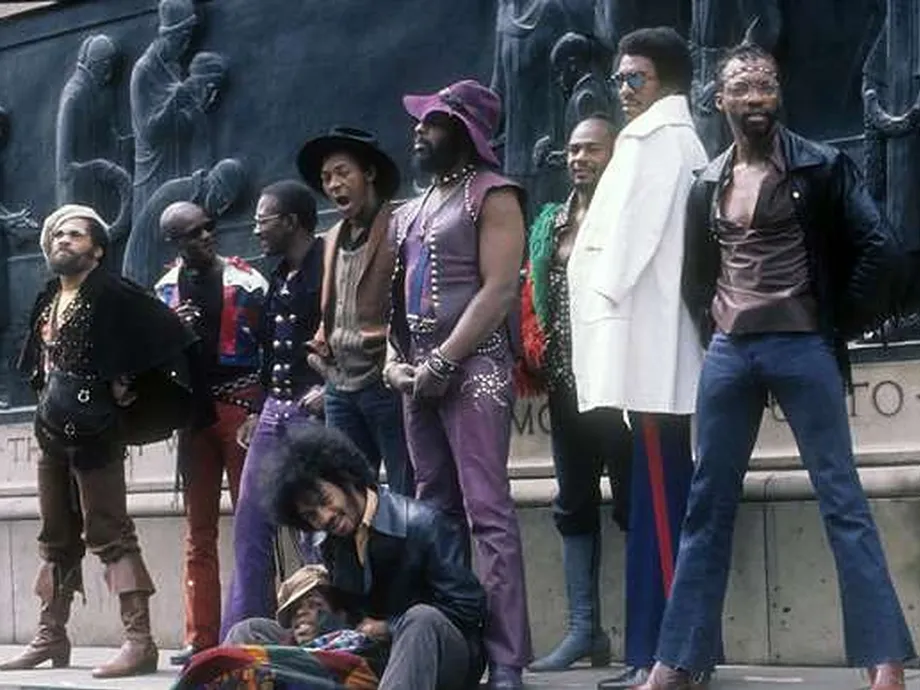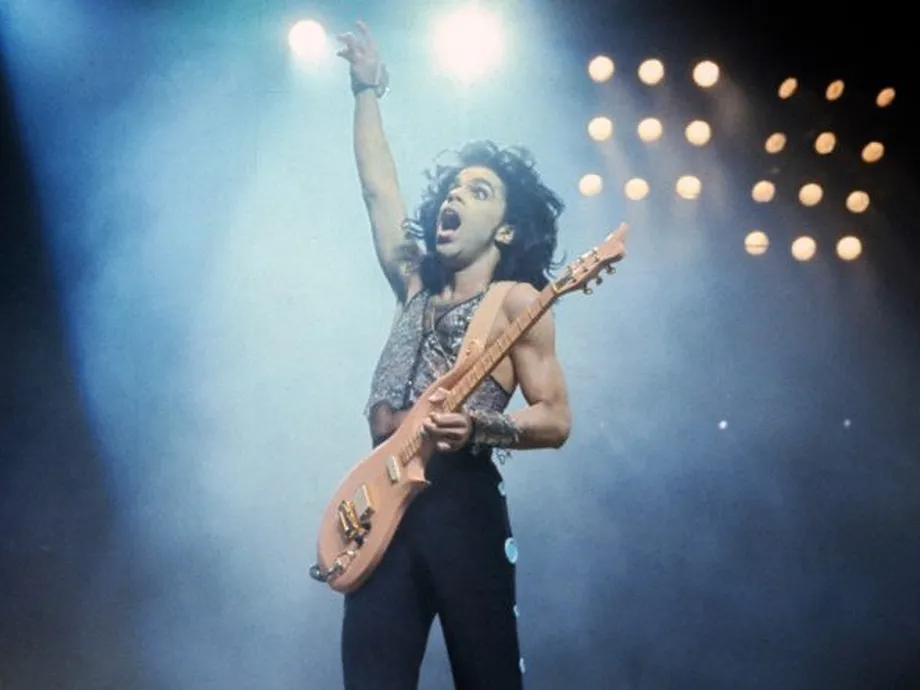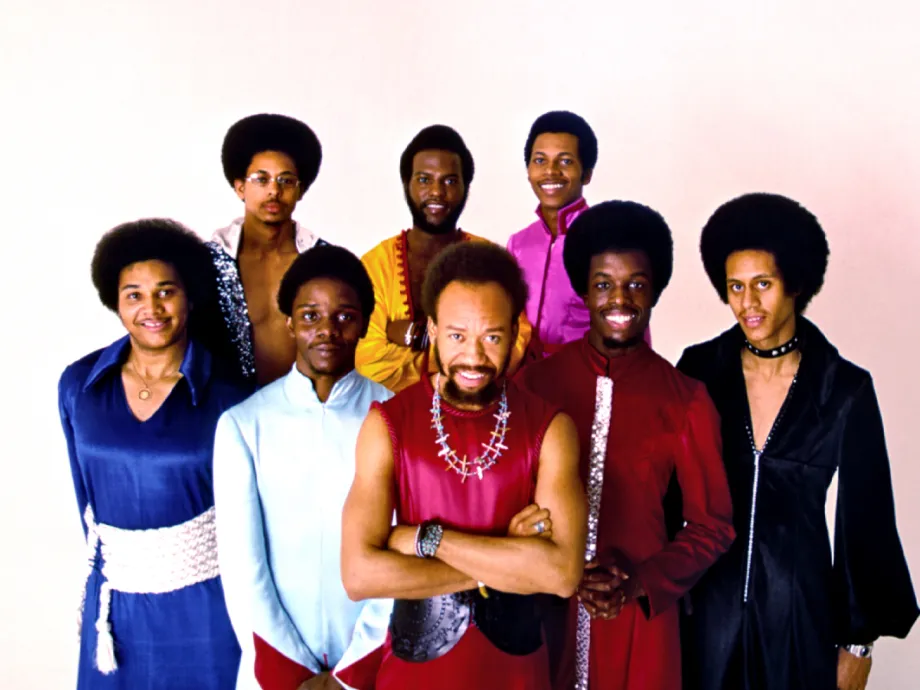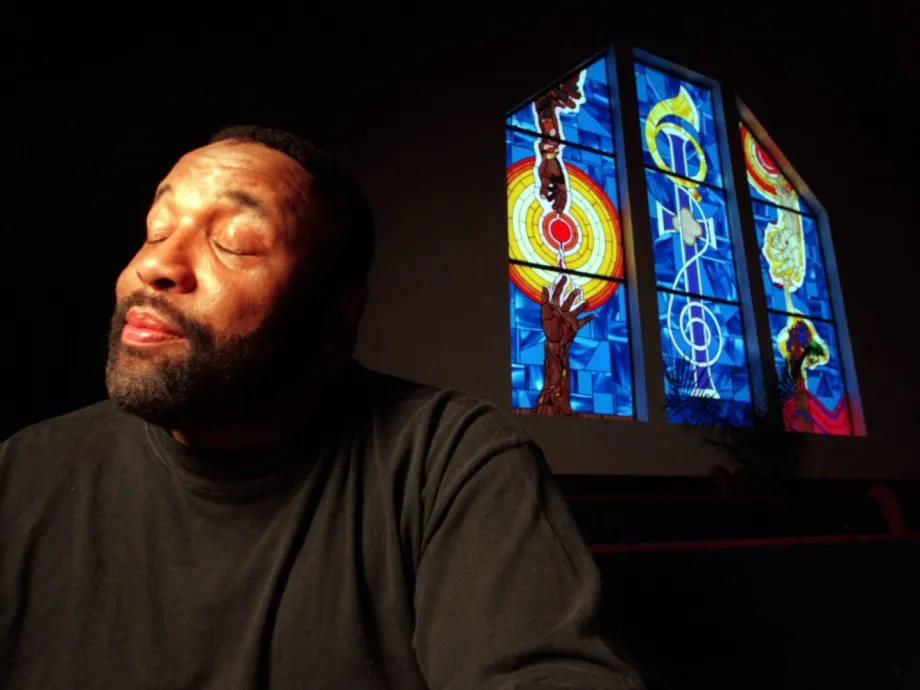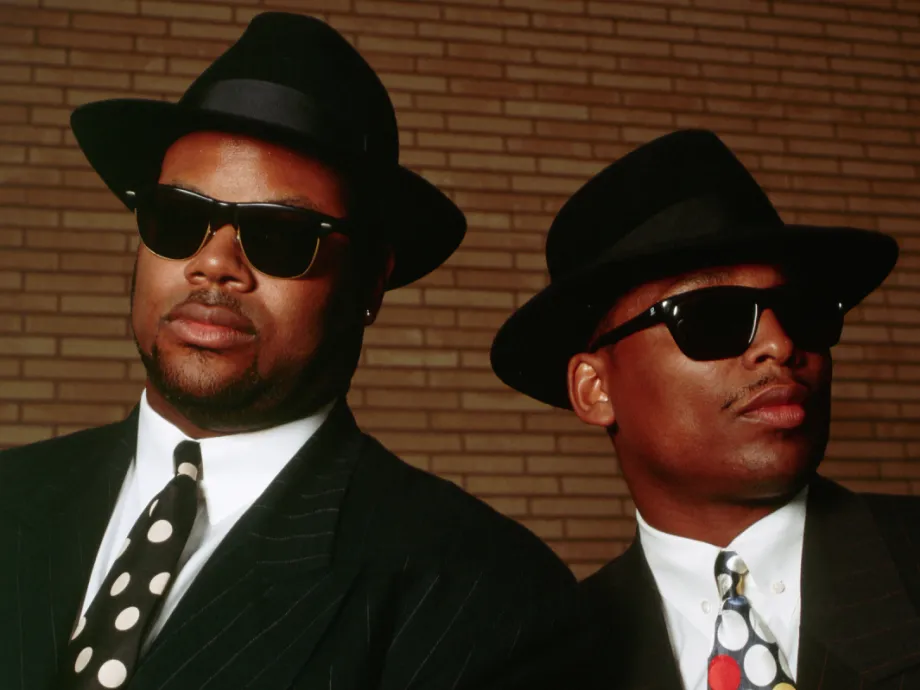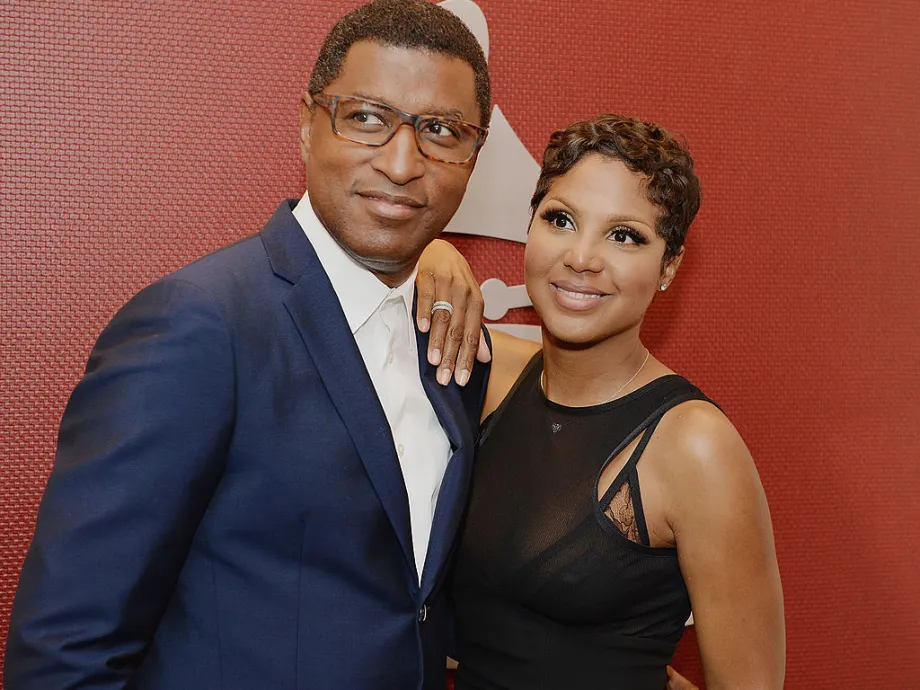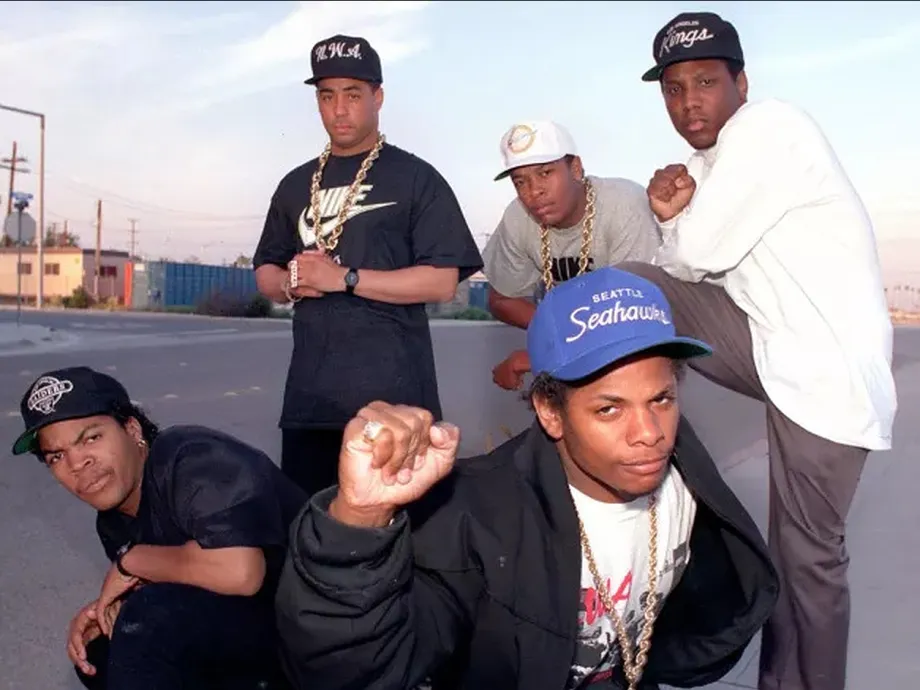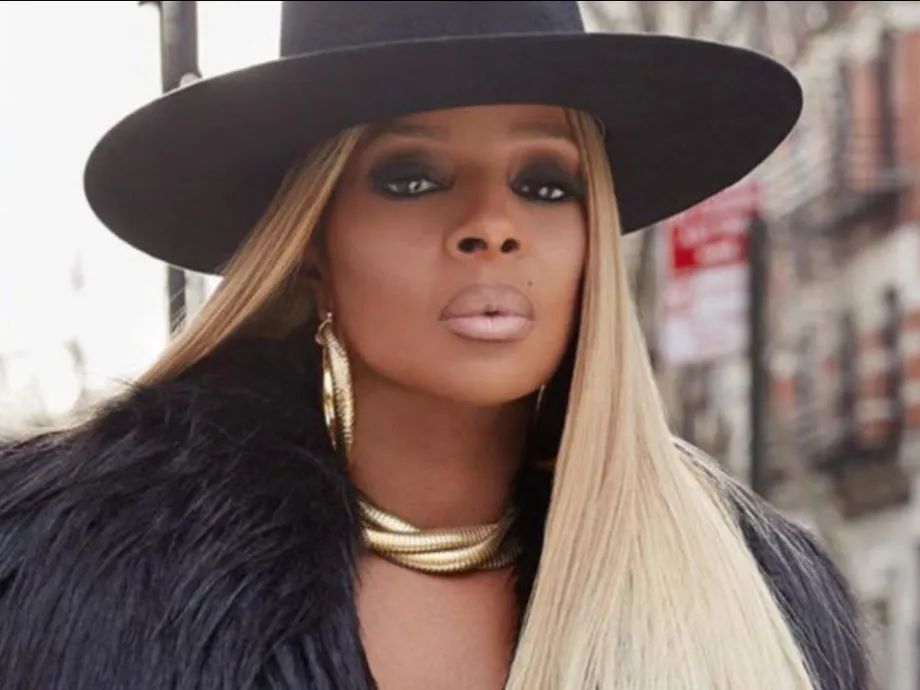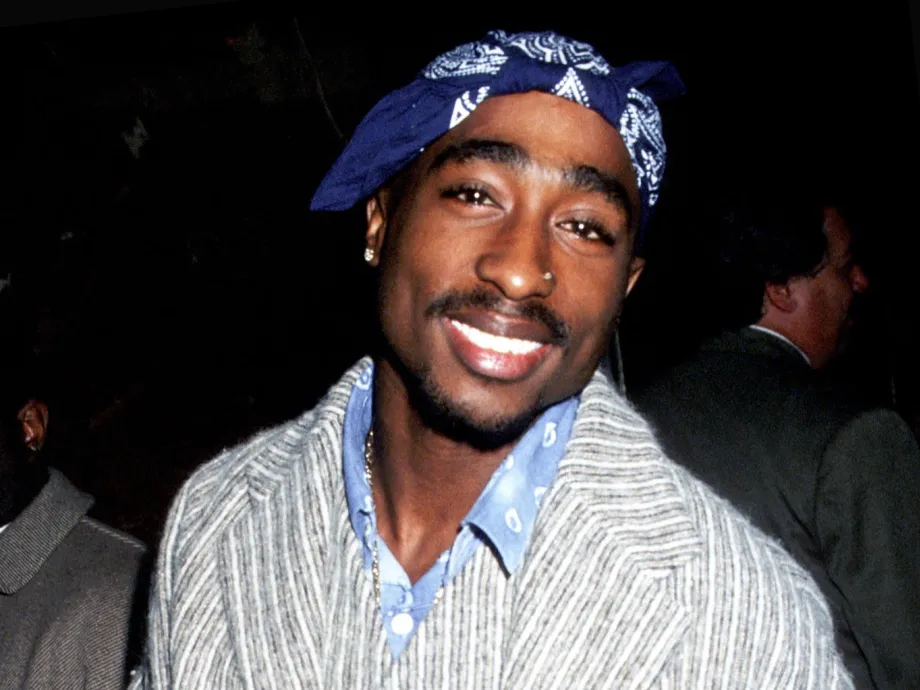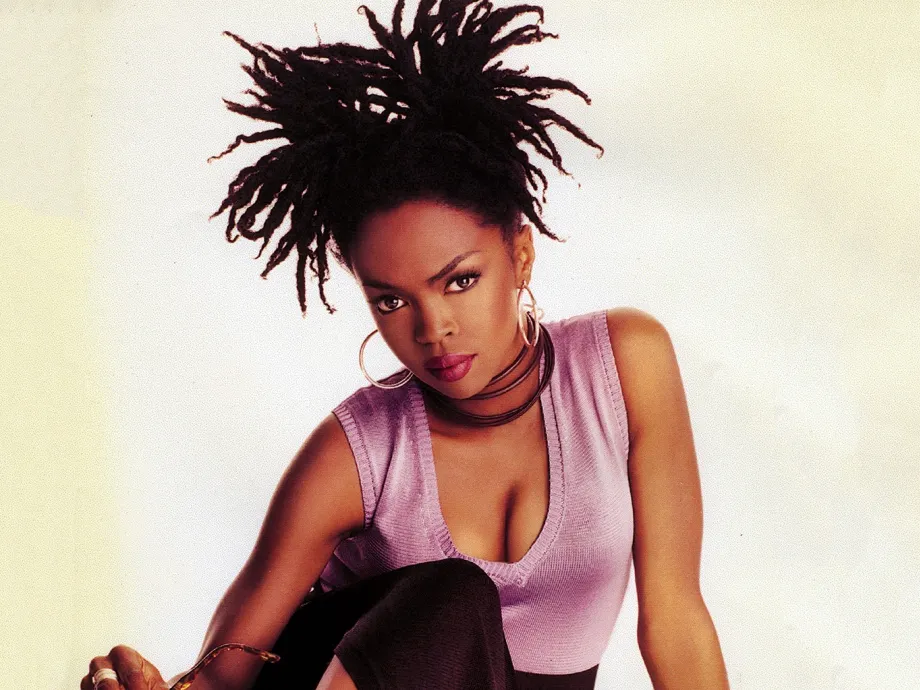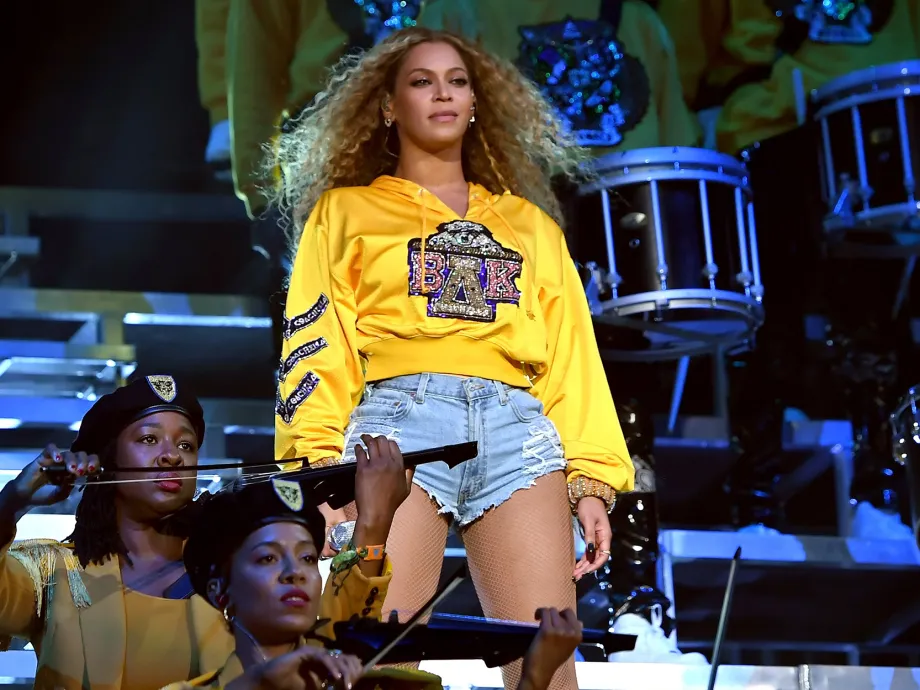The Charles H. Wright Museum
of African American History
Our Rich Musical Legacy Endures
June is Black Music Month! From spirituals to hip hop and everything in between, celebrate the history of African American music with The Wright Museum.
Black Music Month began in 1979 to “preserve, protect and perpetuate black music.” At the Charles H. Wright Museum of African American History, we celebrate this month-long observation through discussions, performances, and more!
-
Negro Spirituals and Gospel
A spiritual is a religious folksong created in the late 1700s by enslaved African people. In Africa, music permeated important life events and daily activities. However, white colonists were alarmed by this, and gatherings were often banned.
Spirituals expressed sorrows and hopes and helped Africans to embrace Christianity. Gospel music emerged from spirituals in the 1930s by structuring the songs as hymns, adding instruments, and "bluesifying" tones. -
Blues, Ragtime and Jazz
Beginning as a mix of regional Black music forms, ragtime found its stride in strong, rugged piano-led beats. Vilified by some as too raw, immoral, and not "American" enough, ragtime still made its mark on audiences through minstrel shows.
Blues evolved from work songs and spirituals in the poor rural south. Relying most heavily on improvisation and guitar accompaniment, blues was a refreshing, ever-evolving subgenre.
Emerging from New Orleans and gaining popularity through the Midwest, jazz and increased technology propelled Black music further than any other genre in history at that time. -
R&B, Rock & Roll and Soul
The term "rhythm and blues" was coined in the late 1940s as a catchall phrase for secular music made by African Americans. What would soon come from R&B and country music was rock & roll. In the 60s, a more gospel-influenced style of R&B began to gain popularity - soul music. Today, we know that soul music laid the framework for disco, funk, and other subgenres.
Blending pop, gospel, blues, and jazz elements, these new genres captivated millions of young people of all races. This led many record labels to "cover" or even outright steal music from Black artists. Despite their many setbacks, countless African American artists gained international prominence for their talent.
As equally polarizing as they were unifying, these three styles of Black music turned Jim Crow-era America upside down. -
Pop and Hip Hop
Click or tap the image to watch Mariah Carey's "Fantasy" remix music video!
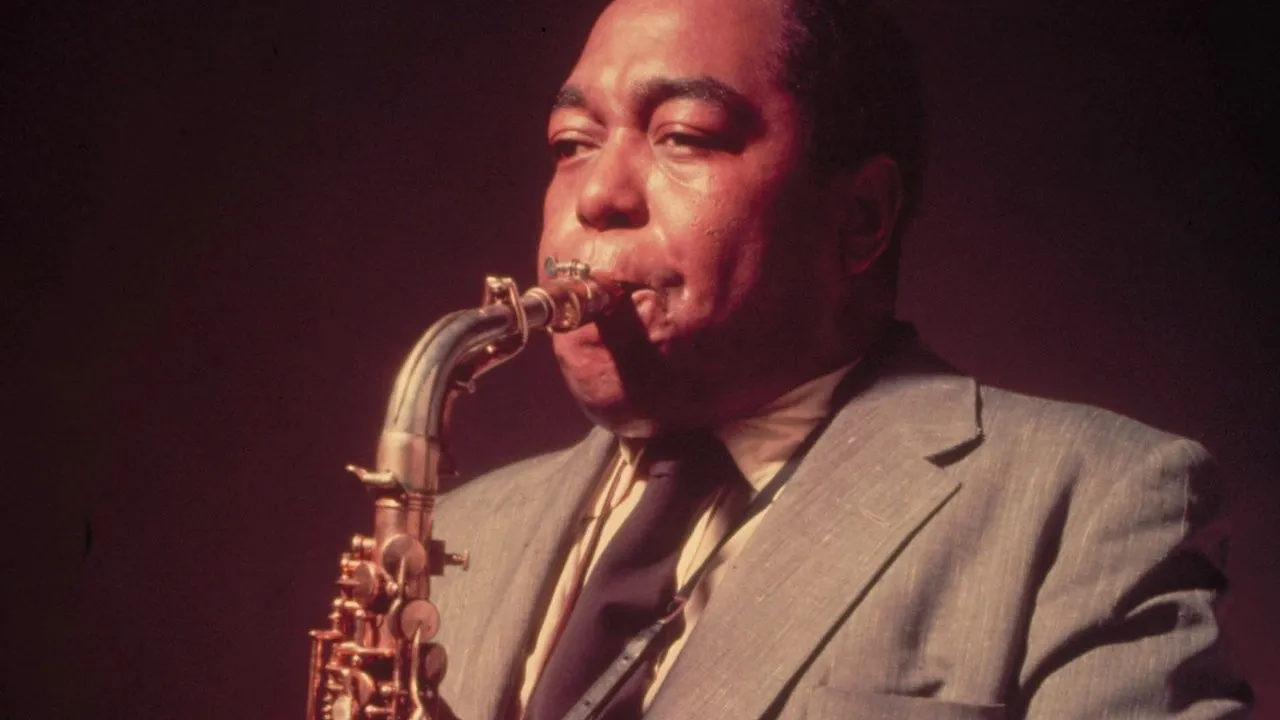
Bird Lives!
Enjoy this virtual music series, highlighting the impact of jazz artist Charlie Parker on music history!
Image credit: Elisofon / The LIFE Picture Collection / Getty
Follow The Wright on Spotify!
Celebrate Black Music Month the Wright way, when you stream our free curated playlists on Spotify!
- Slideshow Credits
-
Miles Davis by Peter Buitelaar; James Brown by Godfreid; Prince by FG/Bauer-Griffin/Getty Images; Janet Jackson by Amy Leiton; Stevie Wonder by Getty Images; Aretha Franklin by Getty Images; NWA by Douglas R. Burrows / Los Angeles Times; Parliament-Funkadelic by Michael Ochs Archives/Getty Images; Quincy Jones by Ernst Henriksson/REX Shutterstock; Lauryn Hill by Anthony Barboza/Getty Images; Earth Wind & Fire by Michael Ochs Archives/Getty Images; Chaka Khan by Getty Images; Sam Cooke by Jess Rand/Michael Ochs Archives/Getty Images; Beyonce by Larry Busacca / Getty Images; Whitney Houston by Gamma Rapho/Getty Images; Raphael Saadiq by Emily Berl/Redux; 2Pac by Ron Galella/WireImage; Jimmy Jam & Terry Lewis by Layne Kennedy/Corbis; Babyface and Toni Braxton by Michael Kovac/WireImage; Ashford & Simpson by Getty Images; Berry Gordy and Diana Ross by Michael Ochs Archives/Getty Images
